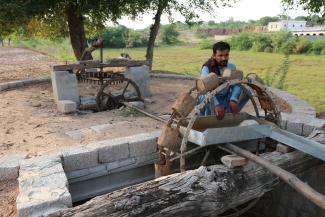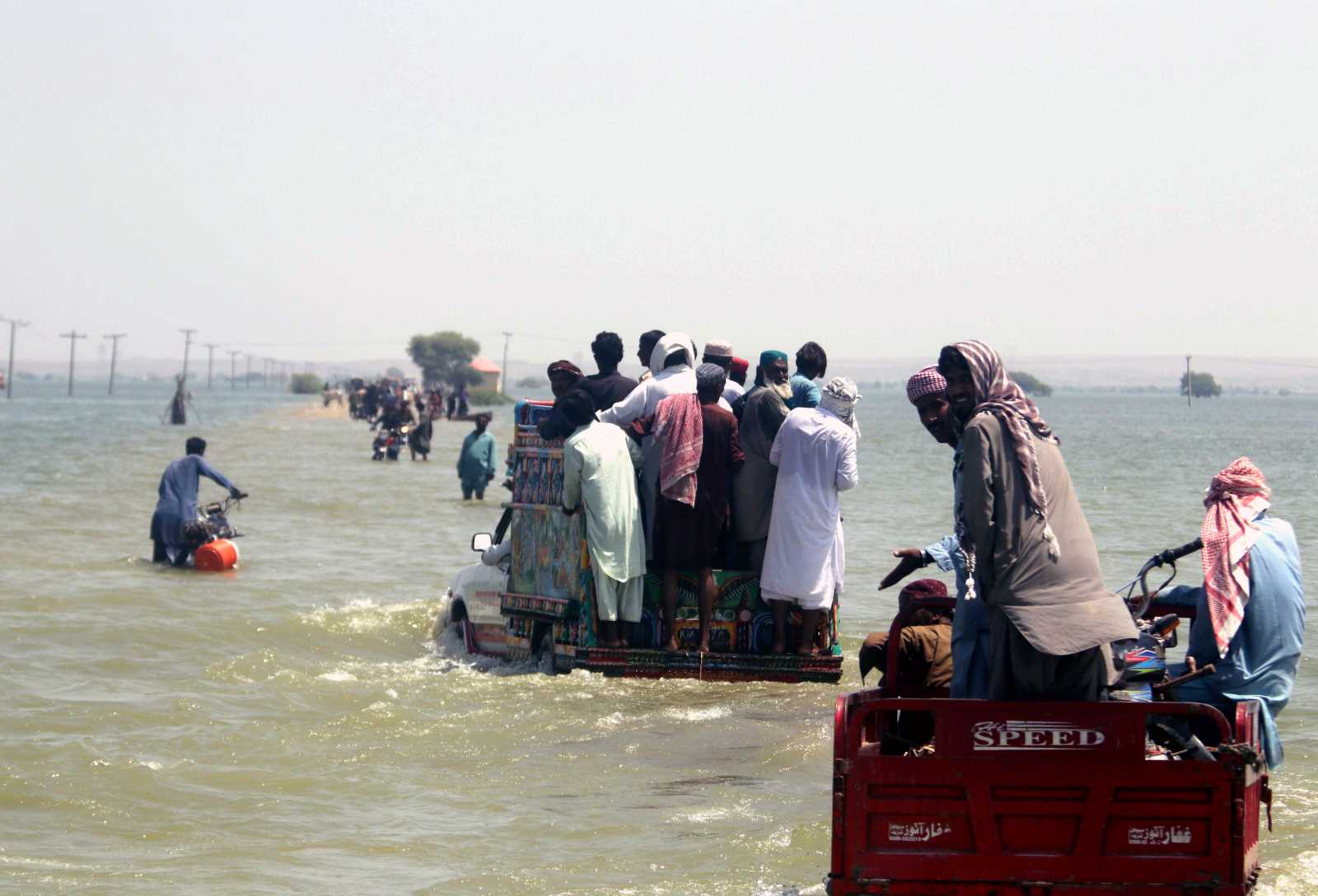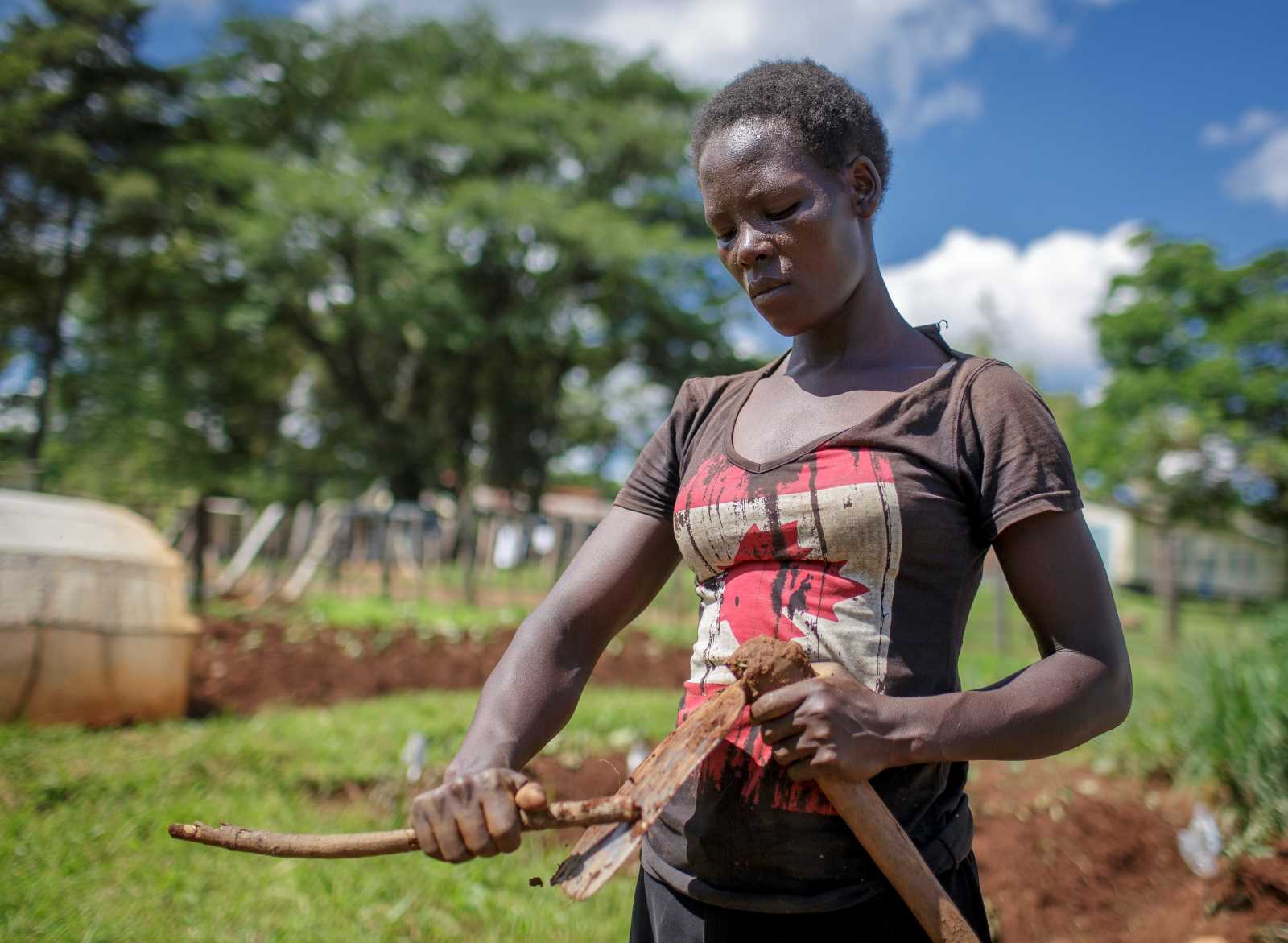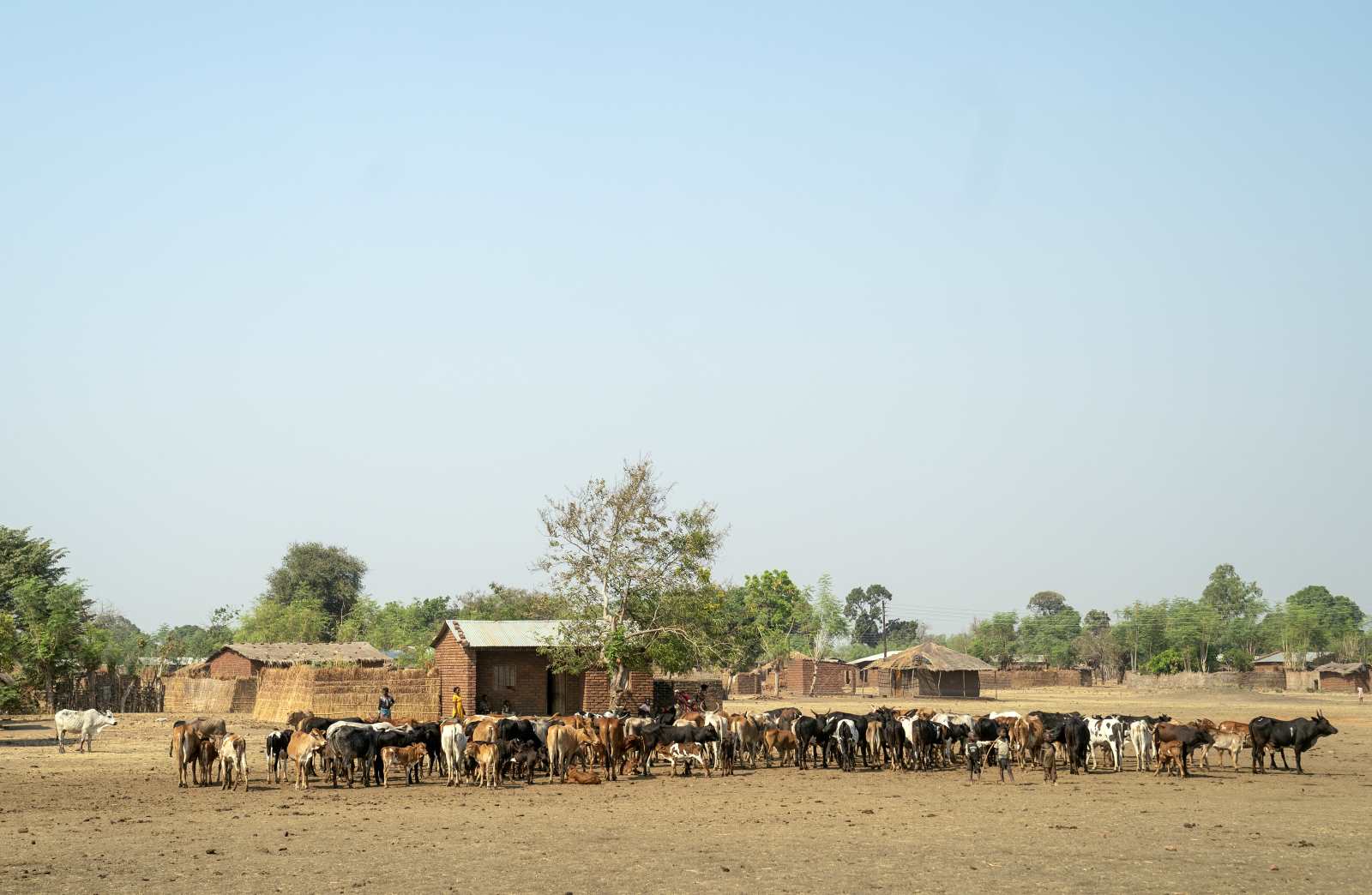Rural infrastructure
Pakistan’s rural infrastructure is inadequate

The 2023 census showed that 147 million people (or 61 % of the population) live in villages. Due to rural-urban migration, however, the cities are growing fast. According to the central government’s most recent economic survey, agriculture contributes 24 % to gross domestic product and 37 % to employment.
The World Bank has stated that the country’s “vast and diverse rural space” has received “insufficient attention from policymakers and investors”. According to this multilateral institution, 80 % of Pakistan’s poor live in rural areas. The Bank’s experts also noted that the neglected rural areas are important in economic, political and cultural-heritage terms.
All over the country, typical challenges in rural areas include:
- unpaved roads,
- poor and unreliable, but increasingly expensive electricity supply,
- the lack of water and especially safe drinking water, as well as
- the absence of sewerage systems.
Though most rural people depend on agriculture, many of them neither have access to markets, nor to storage facilities. Fixed-line telephony never arrived in most villages, and mobile networks remain patchy. Access to new agricultural and other technologies is poor, and the rural economy is neither documented well nor digitised. Adding to people’s problems, healthcare and educational institutions tend to be inadequate in rural settings. Pakistan is struggling with governance problems at all levels – and local governments are obviously particularly weak where infrastructure is weak.
Regional disparities
Pakistan is a large country, and the quality of rural infrastructure differs from region to region. Of the four provinces, Punjab is the most populous and politically most influential. Even here, however, rural infrastructure is marked by considerable disparities. While the central areas have enough rural schools, hospitals, irrigation systems and roads, development has not kept up in southern Punjab. The northern part has no formal canal system, so farms depend on rainwater and – to a certain extent – tube wells.
Things are even worse in the districts of Khyber Pakhtunkhwa and Balochistan, the two western provinces. The scenario is particularly dark where violent conflicts have exacerbated the problems.
Gaps in infrastructure interact in several ways. They result in vicious circles that keep people trapped in poverty. Smallholder farmers thus have good reason to feel left behind in Pakistan. They must cope with water scarcity, but also with fast rising prices for inputs – such as fertilisers, pesticides and seed. On the other hand, the prices that their harvests fetch are quite volatile.
Farmers are typically not able to save money, so they cannot invest prudently. They thus lack options for coping with climate risks. Apart from the money, of course, they would also need competent advice, which they do not get.
Little bargaining power
The traditional marketing system puts smallholders at a disadvantage in several ways. Farming families depend on multiple layers of middlemen, but they have very little bargaining power themselves. Since they cannot store what they produce, they must sell their harvests immediately, which is when the competition is toughest and farm-gate prices drop particularly low.
Since farmers’ financial position is weak, they often need loans from middlemen to procure essential inputs. Whether the credits are in cash or kind, they further erode farmers’ bargaining power. Indeed, middlemen sometimes even impose management decisions on farmers, deciding what they will grow, for example. Across South Asia, it is common to bemoan the exploitative role of middlemen. Aamer Hayat Bhandara, a co-founder of a civil-society foundation called Agriculture Republic in Punjab, says that both farmers and consumers suffer. While the former sell “at cheap rates”, the latter “buy at inflated prices”, he says.
To some extent, commercial banks and micro finance institutions are making a difference. However, the interest rates tend to be quite high. The more remote a village is, moreover, the less financial services are available, both of the formal or informal kind. The national and provincial governments claim to be providing maximum credit to the agriculture sector. Nonetheless, farmers are frustrated. Bhandara of Agriculture Republic categorically says that they need “more flexible terms and lower interest rates”. He finds collateral requirements particularly harmful.
What might help
Experts suggest that local farmers’ markets could make a difference. As they hardly exist, the monopoly of middlemen persists. They are powerful, benefit from the system and oppose change.
Better storage and transport opportunities would help too. They would improve the lot of both farmers and consumers. Far too often, vegetables and fruits rot away before they can be used.
Five years ago, a report published by the Asian Development Bank pointed out that in Pakistan, 30 to 40 % of total fruit and vegetable production is lost due to mishandling of the perishable products, poor transportation as well as inadequate storage facilities and market infrastructure. It reckoned that the country could save an annual $ 1 billion if it reduced post-harvest losses by 75 %.
Warehouses with proper cooling systems are needed, and so are proper packaging and specialised vehicles. Private-sector companies which earn huge profits in the food sector should become involved, says Agriculture Republic’s Bhandara. In his eyes, they should also invest in capacity building and seed development in ways that increase farm productivity.
Progress is possible. In the current scenario, however, the middlemen serve an indispensable function. Without them, smallholders in remote areas would be unable to sell their produce at all and thus be limited to subsistence farming. The middlemen are also the ones who ensure access to inputs and lend farmers money.
For this reason, the middlemen cannot easily be driven out of the system, says Abid Qaiyum Suleri of the Sustainable Development Policy Institute, an independent Islamabad-based think tank. However, he sees the need “to institutionalise the role of middlemen”. In particular, he wants regulations to fix commission prices.
Extreme weather
The climate crisis is compounding farmers’ problems. Excessive rains, devastating droughts and worsening heat are hitting grassroots communities.
In 2022, unprecedented floods made international headlines when one third of the country was submerged. A UN situation report of 2023 stated: “Flooding destroyed critical infrastructure nationwide – with everything from hospitals to health centres, schools, water and sanitation facilities, irrigation schemes, roads, bridges and government buildings left in ruins.” Of course, such damages cause particular pain where infrastructure was inadequate in the first place.
Major disasters get a lot of attention, but harmful day-to-day impacts of the climate crisis are important too. They include crop losses, increased water stress and reduced livestock production. Volatile weather patterns, moreover, mean that planting seasons are changing. According to Pakistan’s National Climate Adaptation Plan of 2023, these trends affect staple crops, which means that the nation’s food security is at risk.
Climate change makes it even more important to improve rural infrastructure. Experts point out that climate-smart farming could benefit from things like GIS mapping, drones and sensor technology. Early warning systems would be good too. Unfortunately, internet connectivity tends to be poor in Pakistan’s rural areas. As a result, it is not only hard to implement high-tech options. All too often, it is even impossible to make smallholders aware of possible solutions.
Experts like Bhandara are right to demand multi-stakeholder approaches to improving rural infrastructure. “We will have to bring the government, private sector, civil society, farmers and common man to one table,” he says.
Imran Mukhtar is a journalist who lives in Islamabad.
imranmukhtar@live.com
















